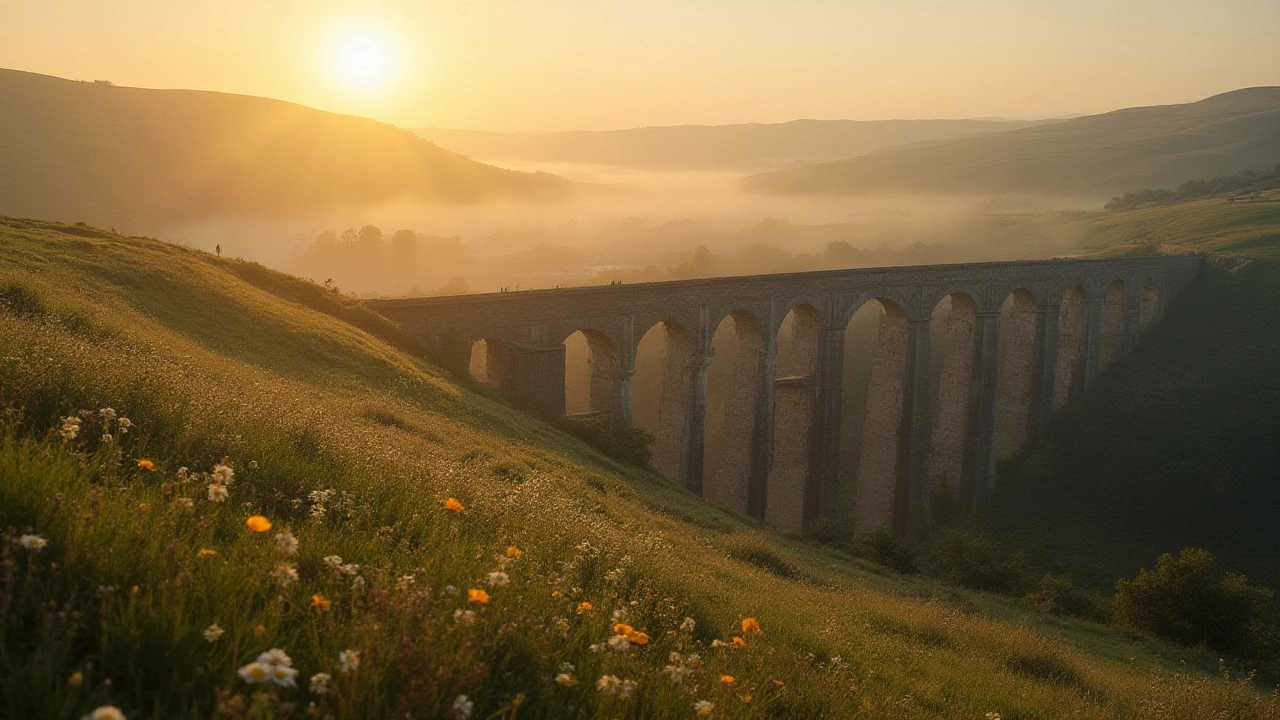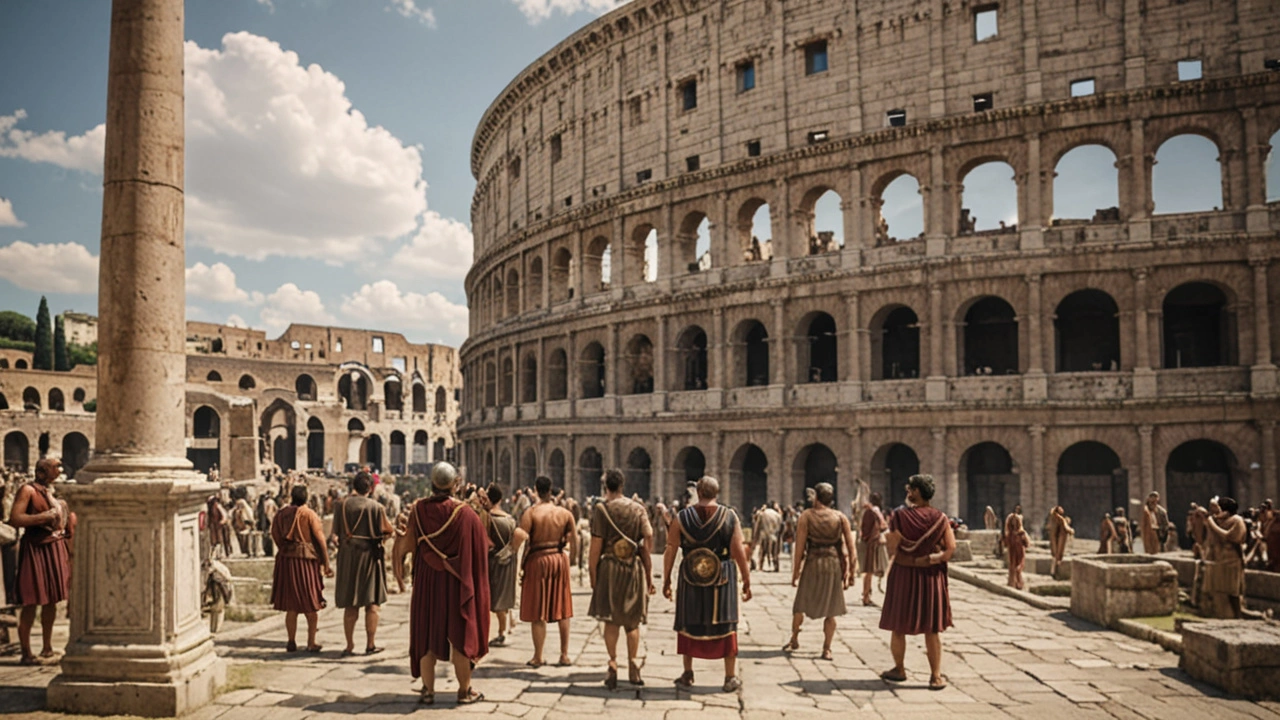Roman buildings show how practical design meets lasting beauty.
This page groups what makes Roman architecture special and gives quick tips for spotting real Roman features.
You see their marks in arches, domes, roads, and aqueducts across Europe and beyond.
Start with materials: Romans used concrete, brick, and stone in smart ways that let them build bigger and faster.
Their concrete could set underwater and hold vaults and domes without massive buttresses.
Next look for arches and vaults — these spread weight so walls could be thinner and windows larger.
The curved arch shows up everywhere: bridges, gates, and theater entries.
Domes are a Roman trademark, with the Pantheon as the best surviving example.
Public buildings reveal daily life: baths, forums, basilicas, and markets were city centers.
Baths combined engineering and social life — pools, hot rooms, and heated floors under one roof.
Amphitheaters like the Colosseum hosted crowds with layered seating and clever exits.
Aqueducts show Roman planning: gentle slopes, arches, and tunnels carried fresh water miles.
Roads had straight lines, layered foundations, and milestones that kept trade and armies moving.
Want to spot Roman influence today? Look for rounded arches, classical columns, and concrete domes in public buildings.
Many Renaissance and Neoclassical structures borrow Roman orders, symmetry, and scale.
If you visit ruins, bring good shoes and a pocket guide — stones can be uneven and signage varies.
Early morning or late afternoon visits avoid crowds and show details in better light.
Preservation is messy: many sites mix original stone with modern repairs and concrete supports.
Ask guides about restoration choices — they often explain why some parts are rebuilt and others left ruined.
Books and podcasts can help before you go; quick background makes visits richer.
For students and builders, Roman engineering offers clear lessons: use local materials, test forms, and plan drainage.
Modern architects borrow Roman ideas to solve today’s problems — long spans, public gathering spaces, and durable materials.
Want quick ID tips? Check for concrete core, exterior brick or stone facing, semicircular arches, and repetitive modular bays.
Remember, not every arch is Roman — later builders reused Roman tricks, so context and dating matter.
Start with famous sites like the Colosseum, Pantheon, and aqueduct remains, then spot smaller regional examples.
Use museum labels and local guides to link fragments to original uses — a column base can tell a building’s height or function.
Roman buildings mix utility with showmanship; once you know what to look for, ruins start to tell practical stories.
If you like hands-on examples, try visiting a rebuilt Roman bath or a restored bridge for insights into construction techniques.
Ready to explore? Use maps that mark archaeological sites and plan extra time — Roman buildings reward slow looking.
Online photo archives and measured drawings help you study proportions at home; compare column heights, arch spans, and vault depths to learn how Romans balanced strength and light in real structures.
Start small and build your eye. Notice materials, joints, and repetitive modules.

Ancient Roman Hidden Gems: Unveiling Forgotten Marvels of Roman Architecture
Explore lesser-known wonders of ancient Roman architecture. Journey beyond the Colosseum and discover hidden gems, quirky facts, and travel tips. History lovers, this is for you.
Read more
Unlocking the Secrets of Ancient Roman Architecture
Ancient Roman architecture has long fascinated historians, architects, and scholars. This article delves into the various elements of Roman design, including their use of materials, innovative construction techniques, major architectural structures, and the cultural significance of their buildings. Whether you're a history buff or just curious about ancient engineering, this piece provides a comprehensive look at what made Roman architecture so unique and enduring.
Read more